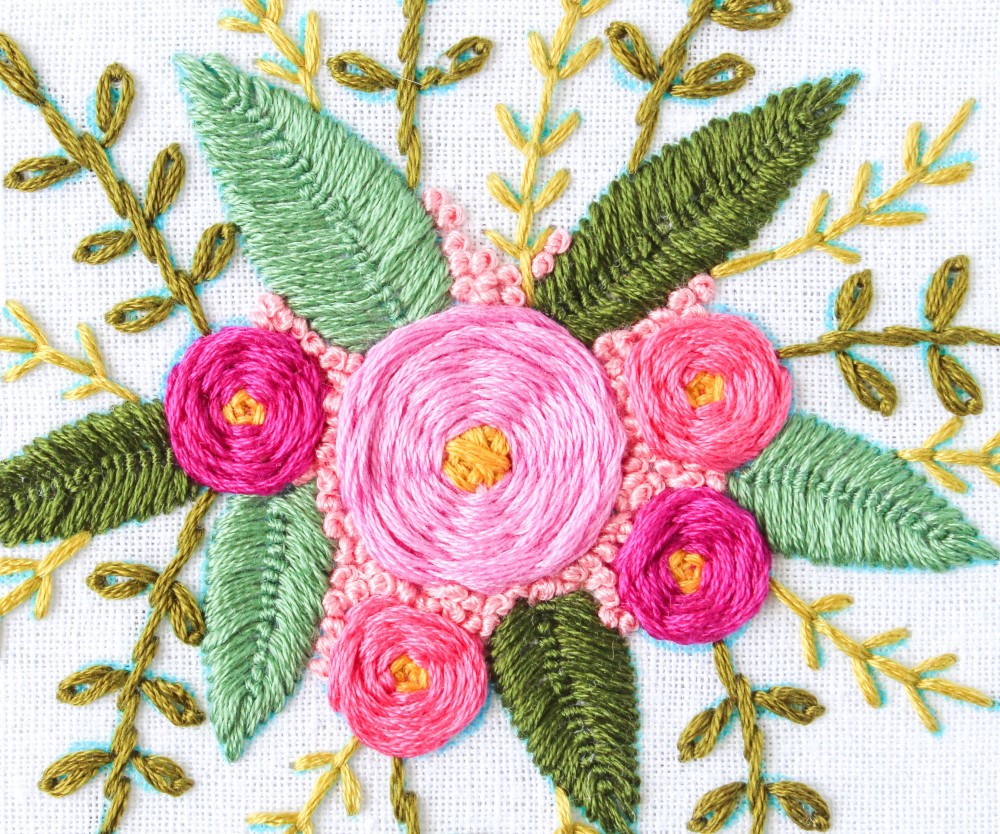

Embroidery is a great way to add a personal touch to a garment but have you ever wondered how to remove embroidery stitching? If you’ve made a mistake in the design or just decided that you don’t like it anymore, removing embroidery from a garment or fabric is pretty simple. Let’s take a look.
If you’re wondering how to remove embroidery without a seam ripper, there are plenty of tools you can use to get the job done. Some of the most common are cuticle scissors, a utility knife, or an ordinary razor blade.
You can also use a disposable razor in a pinch. Here’s how to remove embroidery with a razor:
The process for removing embroidery from clothing is the same no matter what the material. The only difference is that some fabrics may have backing while others most likely won’t.
Stretchy fabrics like knits and teeshirts and some lightweight fabrics are likely to have a stabilizer or backing underneath the embroidery. This is to prevent the design from stretching and getting distorted. Thin fabrics or light-colored fabrics often require backing, too, so that the back of the work doesn’t show through to the front, like a black floss on with fabric. Fabrics like linen that have a loose weave with a lot of space between the fibers also commonly have a backing to keep the embroidery from shifting.
If the clothing you’re working on has a backing, take a look at the directions for how to remove embroidery with backing to learn more.
Once you remove the embroidery from a garment, it takes a bit of work to get the leftover holes to fade, especially is the embroidery has been there for a long time. Here is one method for how to fade stitch marks that should work on any piece of clothing that you can iron.

Backpacks are typically made of stronger, more durable material so the process is usually easier since you don’t have to worry about damaging anything too delicate. The approach for how to remove embroidery from a backpack is generally the same.
Removing embroidery from hats is pretty straightforward. Most baseball caps and other basic designs can easily be turned inside out to give you the access you need.
If you’ve been wondering how to remove embroidery, now you know! It’s actually not as difficult as you might have thought. All you need are the right tools, some time, and a little bit of patience.





